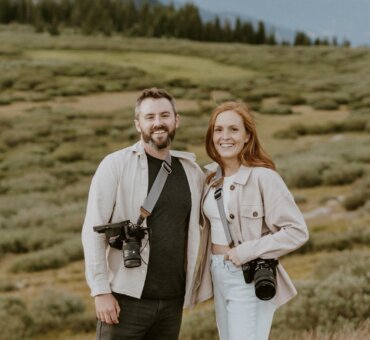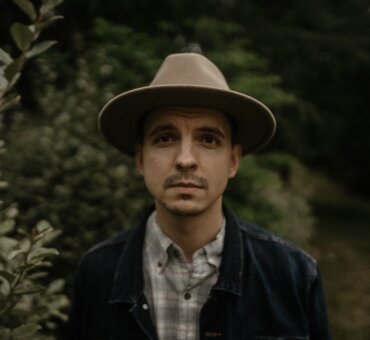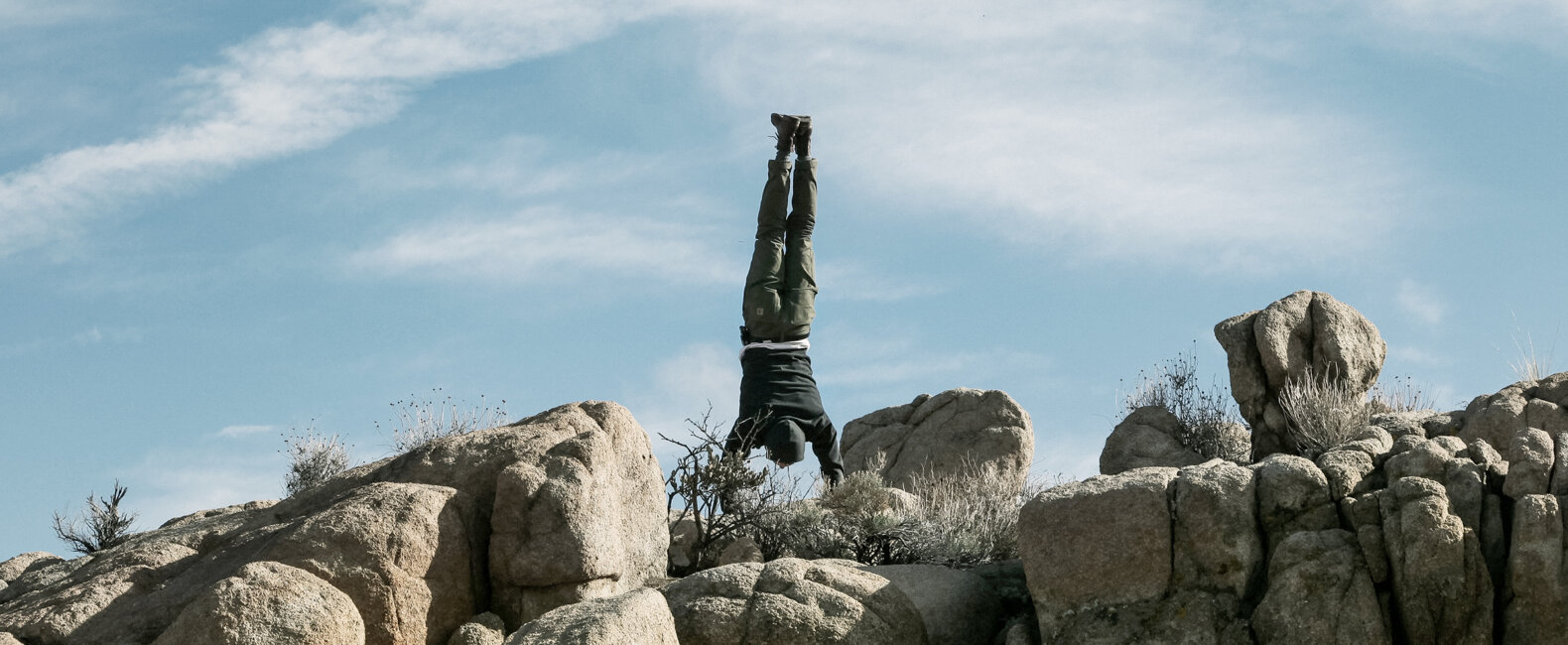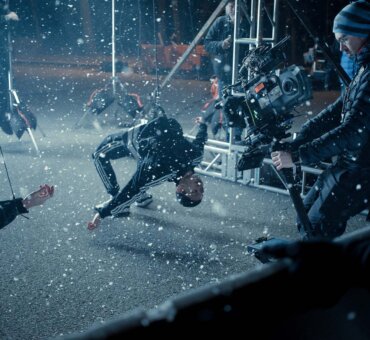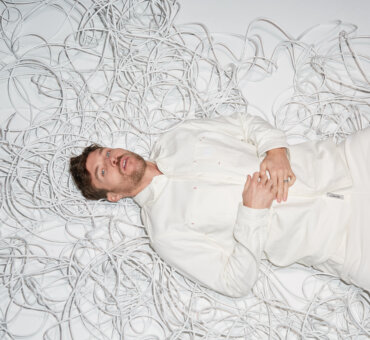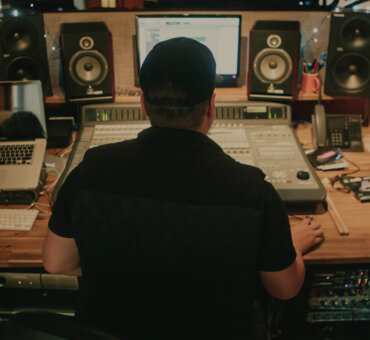T. S. Eliot once said, “Only those who will risk going too far can possibly find out how far one can go.” It’s as true in life as it is in creativity. Like in any great story, we only find out who we really are when we’re put to the test. The catch is, as filmmakers we often have to put ourselves to the test. Nobody else is going to do it for us.
Whether taking out a major loan, quitting a stable job, or working in an honest-to-god war zone, it was only by risking going too far that the filmmakers below discovered their true potential, broke through their slumps, or got the shots that made their films.

For example, Rachel Morrison quit a steady job as director of photography for MTV’s The Hills in order to chase her dream of making narrative cinema. A week later, she was sitting on her couch going deeper into debt. And last year? She lensed the Jennifer Aniston-fronted film Cake. Here’s Rachel on the importance of risk-taking:
Rachel: Really, you just have to take the plunge. What happened was I got offered a commercial at a good rate with a good company. When I asked one of the producers of The Hills if I could take a week off to make this commercial, she kind of freaked out. She basically said if I took the commercial, I was done on The Hills. I knew I was on a short leash, but it turned out it was much shorter than I was aware of. So I said, “Good luck with the rest of the show,” and I left. The truth is, I didn’t think she would call my bluff. I thought I would take the commercial and still have a job the next week. But she did call my bluff, and the next week I didn’t have a job. Then I was depressed because I felt replaceable. But in the end, it was the best thing that ever happened to me.
The hard thing, though, was that for the first year after I left The Hills, 90 percent of the calls I got were for work just like it. Imagine sitting at home, unemployed, in debt, and turning down work that would pay better than what you were making before. You hear about directors who take these huge chances, maxing out their credit cards to make their dream movie. This was my version of that. Passing on well-paying gigs because I knew, ultimately, they wouldn’t get me any closer to where I wanted to be.

I can’t let failure dictate my next move. I can’t even let success dictate my next move.
SALOMON LIGTHELM
When we talked to our friend Salomon Ligthelm two years ago, he was deep into one of the scariest risks of his career. He’d raised $67K to make his biggest film yet, ANOMALY, and he had no way of knowing how it was all going to work out. (Spoiler alert: the film was spectacular.) We talked to him about fear and risk the week after he wrapped principal photography.
Salomon: I know that if I focus on the fact that this thing is so public, if I focus on the fact that if I fail here then my whole career’s screwed up, that’s going to keep me from pushing forward. That’s going to make me hesitant. That’s going to make me scared to try and do something new. I can’t let failure dictate my next move. I can’t even let success dictate my next move. I’ve just got to — and it feels like this is oversimplified — keep looking at what’s inside of me and keep creating out of that.

JOE CALLANDER
After spending day after day at a dead-end marketing job, Joe Callander decided he’d had enough. So he quit. He got a few friends together, flew to Bangkok, and made a documentary. He’s been a professional filmmaker ever since.
Joe: Basically I was like, “I have to do this because the only thing worse than doing it and failing, is not doing it and wondering what would have happened.” … If you’re going to make it as a filmmaker, you’ve got to be prepared to walk through hell. Filmmaking is very difficult. You have to struggle, and you have to endure the pain, and you have to fail a lot. If you’re not willing to do that, then you’re not going to make it as a filmmaker.
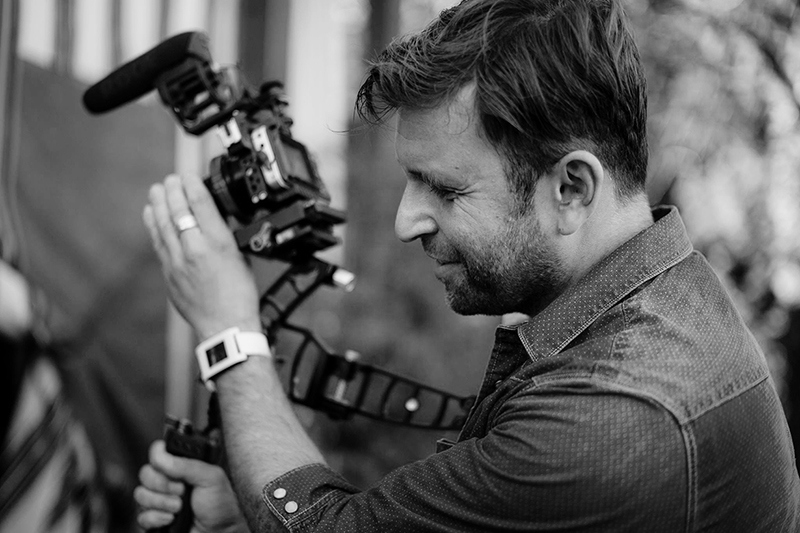
PHILIP BLOOM
Creativity often requires you to risk your livelihood. But there are times, however rare, when it also requires you to risk your life. Early in Philip Bloom’s career, he found himself standing in war zones with nothing between him and rifle fire but a camera.
Philip: When you’re being shot at, you tend not to be that creative…I always tried to make things look as good as possible, no matter what situation I was in. The only time I probably wouldn’t be quite as fussy is when I was being shot at. Then you just grab it and run. Sometimes you leave the camera behind.

I don’t get off on danger, but it was absolutely necessary if we were going to make a film that was engaging and fun.
BEN KNIGHT
If you decide to make a film about a controversial subject, chances are you’ll find yourself in risky situations. Which is exactly what happened to Ben Knight during production of DamNation.
Ben: Pretty much everything we did in the film was illegal. Every single day we were trespassing. At one point, I had to sneak into a dam blast zone in the middle of the night wearing full camouflage. We built a camera blind for me to hide in for 18 hours because they were going to blow up the dam the next day. The demolition crew wouldn’t let us anywhere near it. They had a helicopter out looking for people, so I had to lie there under this camouflage blanket. The shot came out pretty cool though.
Another time, we tried to kayak through this lock system on the Snake River and ended up getting in this huge confrontation with security. The local sheriffs came out and threatened to arrest us, accused us of being terrorists. …
I wouldn’t say I crave doing illegal things, but I definitely have an issue with authority. I get really frustrated with people who won’t let us film. It drives me insane. I don’t get off on danger, but it was absolutely necessary if we were going to make a film that was engaging and fun.

CALE GLENDENING
We can’t think of a better example of risk-taking than Cale Glendening, who not only drove to L.A. at 18 years old without a plan or a place to stay, but just a few years later took out a $30K loan on the off chance that his filmmaking career would pan out. Luckily for him (and his parents), it did.
Cale: I quickly realized these film schools were more interested in academic merit than creativity or potential. I’d never really challenged myself in school, never did a day of homework in my life. I was truly discouraged when I realized that most of these elite film schools wanted kids who’d been in AP classes since their freshman year and scored 30s on their ACTs. I was like, “Being a genius doesn’t make someone creative.” But in sports, coaches pound into you that you need to get better every day. That’s what was written on the wall of our locker room: How did you get better today? I’ve taken that motivation and adopted it into my process of filmmaking. So I was discouraged, but I wasn’t going to let these schools keep me from doing what I loved. I decided I was going to L.A. anyway. I packed up my mom’s car and drove from Oklahoma to Los Angeles. I was 18 years old, one week out of high school, and I threw myself into the mix.
You just drove to the city?
Yes.
Did you have some sort of plan?
No.
Later in the interview, Cale told us that when he returned home from L.A., he decided to apply to film school, only to be rejected…
Cale: When I didn’t get into USC, it fueled my fire. I went to my mom and dad and told them I was ready to go all in on this, to start making films. We went to the bank and took out a major loan. I had zero collateral, so my mom put up our house.…We got the loan on my 22nd birthday, and two months later I shot my first music video. While I was cutting that music video, we had this crazy snowstorm, and I was super excited because I’d just gotten my Redrock Micro 35mm converter. My friend and I went out in my front yard and shot footage of snow falling. Falling in reverse. Playing with depth. Still just as excited as I was in high school about every new thing I could learn.
I released the music video and the snow video, which was literally called Snow Test, and a few months later a guy named Ryan Clark contacted me. Ryan is the founder of a band called Demon Hunter and the owner of Invisible Creature, which I think is one of the best design shops out there. Anyway, Ryan hits me up and he’s like, “We saw your music video and your snow video, and we want you to shoot a feature-length documentary of our upcoming tour. We’re not approaching anyone else. This is yours if you want it.”
No great creative career will ever be made by playing it safe. Risk is an essential element, whether it’s to get an amazing shot or to push yourself to the next level. Risk is active. It’s a choice. At some point you have to decide to move beyond your comfort zone and find out how far you can go.





































































